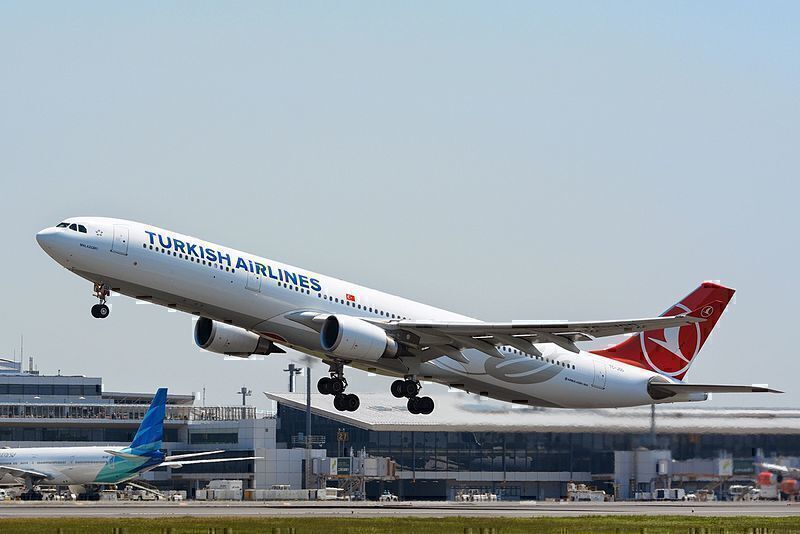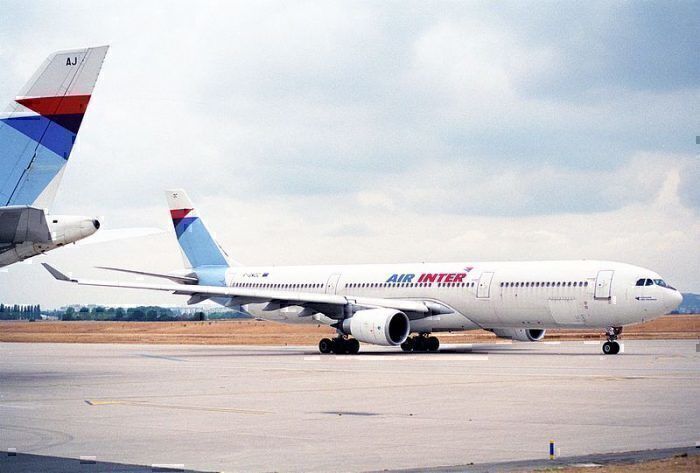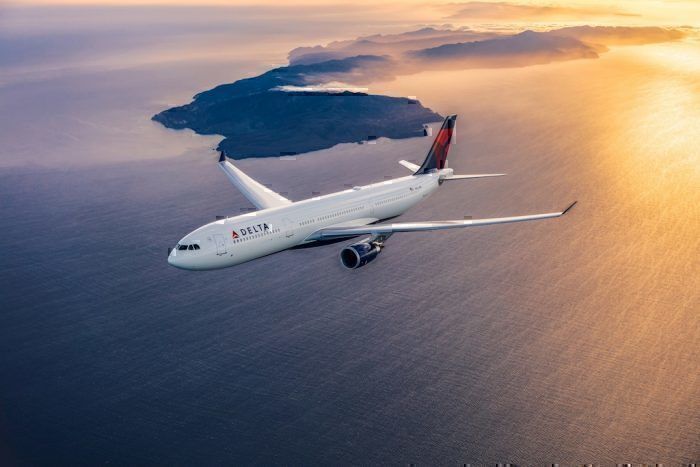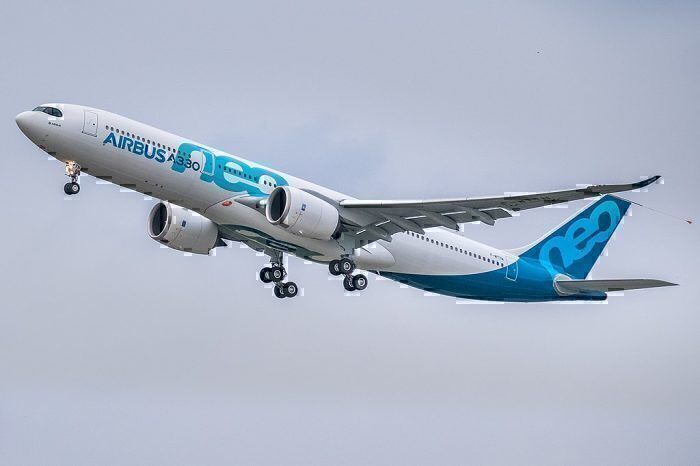The idea of building the Airbus A330 dates back to the mid-1970s when the European planemaker was looking to improve the A300. The concept for the A330 was to build a widebody aircraft that could compete with the Lockheed L-1011 and the McDonnell Douglas DC-10.
The program to build a successor to the A300 split into two branches: the A330 and the A340. By the 1980s, Airbus had developed a fly-by-wire system for the A320 family of jets that it wanted to incorporate into the larger planes. Airbus thought that, by doing this, it would give them the upper hand over Boeing when it came to cockpit commonality. By making the flight decks and characteristics the same on all Airbus aircraft, it would allow airlines to cross-train crews quicker.
Air Inter was the launch airline for the A330
On March 12th, 1994, France’s Air Inter became the launch airline for the Airbus A330. The airline eventually incorporated four A330s into its fleet before the French government merged the airline with Air France.
When the first A330 rolled out of the Toulouse factory in 1992, the aircraft had the distinction of being the largest twin-engine aircraft ever built. This was short-lived, however, as Boeing would debut the 777-200 two years later.
Air Inter flew its first passenger service with the A330 in January of 1994 with Cathay Pacific and Thai Airways receiving their first A330s later in the same year.
The A330 has an ETOPS rating of 240
When the A330 debuted, it had an ETOPS-90 rating, which meant that it could not be more than 90 minutes from a suitable airport. After 25,000 flight hours, the rating went up to 120 and then 180 after 50,000 flight hours. In 2009, the A330 received an ETOPS rating of 240, which is what it operates under today.
When the A330 entered service, it was not only competing against the L-1011 and DC-10 but also the Boeing 767, which forced Airbus to have a rethink about how they could be more competitive. The solution was to shrink the A330 by 15 feet and name the variant the A330-200. With a nine percent lower operating cost than the Boeing 767-300ER, the new Airbus A330-200 was appealing to airlines.
The A330-200 was not without problems, with early versions of the plane having gearbox issues with its Rolls Royce engines.
The engine issue proved to be short-lived, and while the -200 variant had the same maximum take-off weight of 534,000 pounds, it could fly further than the A330-300 with a maximum range of 8,285 miles.
Despite having built a competitive aircraft, sales were not what Airbus had expected. This led the planemaker to build a cargo version of the aircraft, the A330-200F, and a military tanker version called the A300 MRTT.
Hong Kong-based Cathay Pacific received the 1,000th A330 built in July of 2013, setting a record for Airbus widebody sales.
The A330neo is more fuel-efficient
With competition from Boeing in the form of the 787 Dreamliner, Airbus needed to come up with a more fuel-efficient aircraft, which they did in the form of the A350.
While the obvious move would be to ditch the A330 program and concentrate on the A350, Airbus decided that it could inject new life into the A330 by building the A330neo.
The A330neo offers a 14% better fuel cost per seat and is powered by Rolls Royce’s Trent 7000 engine. Airbus now hopes that the new A330 and its competitive price tag will prove popular with airlines looking to modernize their fleets.




